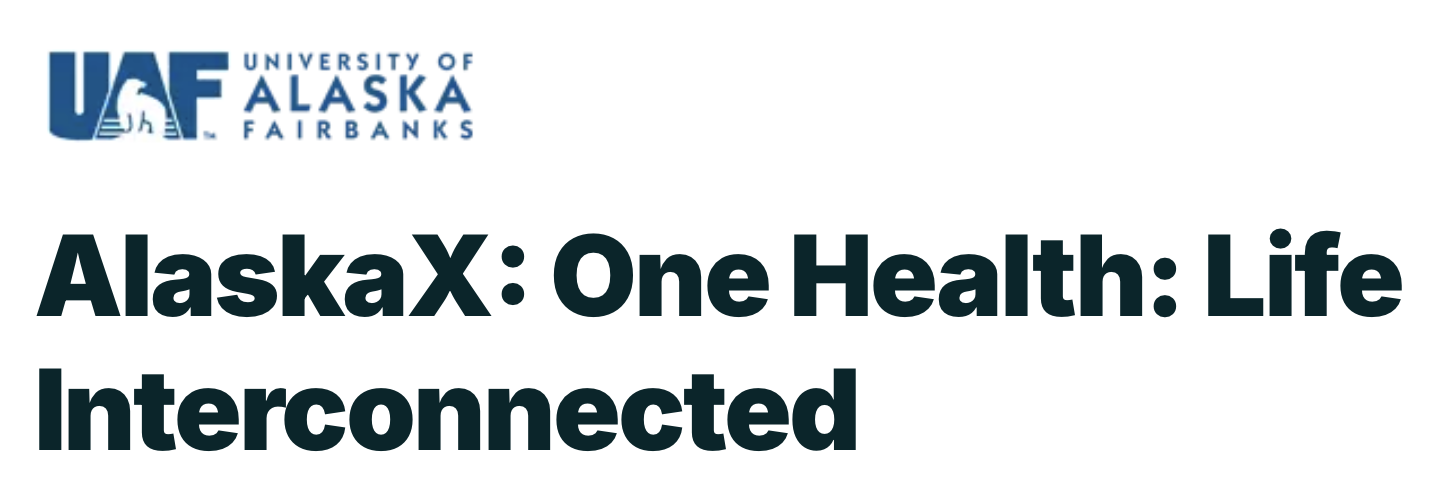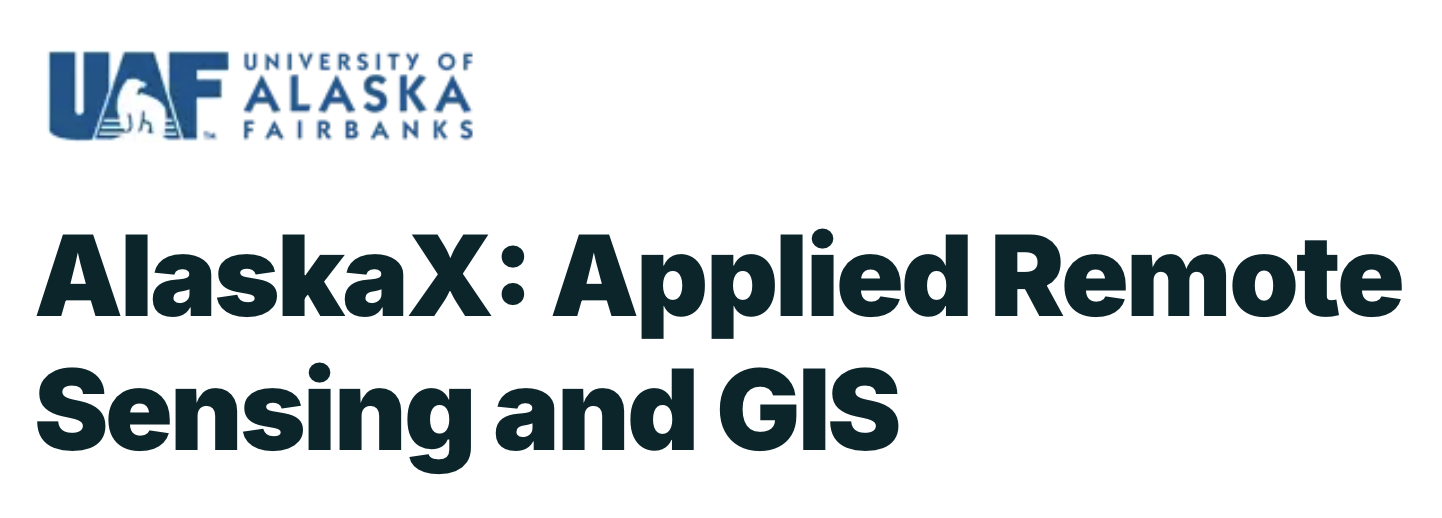
One Health: Life Interconnected
Focuses on the Arctic, where climate change accelerates twice as fast as the global average. Studies the interconnections between human, animal, and environmental health. Addresses environmental health, climate change, and biodiversity issues.

Computational Watershed Hydrology
Teaches hydrological analysis and modeling using real observations, geospatial data, and computational tools. Students learn to process digital elevation models, land use, soil, runoff, and precipitation data in GIS. Includes building hydrologic models with HEC-HMS, HEC-RAS, and SWAT.

Applied Remote Sensing and GIS
Enables students to solve real-world problems using GIS and remote sensing. Teaches handling elevation and point-coordinate data in a GIS environment. Includes practical exercises on multispectral reflectance analysis and SAR data processing.

Arctic Security Fundamentals
Explores current security issues in the Arctic amid dramatic climate changes. Covers shipping governance, oil and gas extraction, fisheries, and protection of endangered species—all in the context of a changing climate. Examines rapid shifts in climate and technology that create new security challenges.

Antarctica in a Changing Climate
Study of the unique aspects of Antarctic climate and ecosystems, examining current and future impacts of environmental change, including climate change. Focuses on the global climate system with special emphasis on Antarctica’s role and how climatic shifts affect Antarctic ecosystems.

Sensing Planet Earth – Water and Ice
A course on measuring and monitoring continental water and ice masses via remote sensing. Explores methods for observing the hydrosphere and cryosphere, assessing data quality and reliability, comparing measurement instruments, and evaluating the impact of global change on the environment.

 Go Back
Go Back